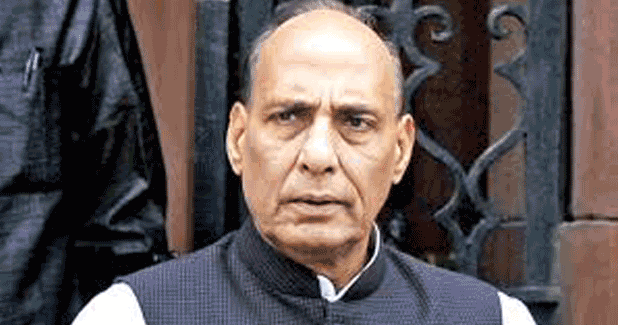
India seeks closer ties, connectivity with ASEAN
India is hoping that better connectivity will help boost trade ties with ASEAN and decrease its trade deficit with the 10-member bloc.
India is hoping that better connectivity will help boost trade ties with ASEAN and decrease its trade deficit with the 10-member bloc. ASEAN is India’s second largest trading partner after China and total bilateral trade between ASEAN and India reached $81.3 billion last year – an increase of more than 28 times the $2.9 billion recorded in 1993. Bilateral trade between the two parties was $21 billion in 2005-06, and although it has increased nearly fourfold since then, the ASEAN-India Free Trade Area (AIFTA) which came into effect in 2010 hampered India’s exports and its trade deficit with ASEAN rose from $7.7 billion in 2009-10 to nearly $13 billion in 2017-18.
However, the AIFTA does not cover the services sector and its encompassing industries such as engineering and information technology (IT) – in which India’s strength lies. India’s trade deficit of $162 billion in 2017-18 was due to higher oil, gold and electronic imports – with China accounting for $104 billion of that sum, South Korea $12 billion and Japan $6 billion.
Speaking at the 4th India-ASEAN Expo and Summit held in New Delhi from 21-23 February, Rajnath Singh, India’s Minister of Home Affairs said India is currently working with ASEAN on multiple connectivity projects to further consolidate and deepen trade ties via road, rail and air. “Exploring opportunities through connectivity projects will help India to remove physical impediments to trade with ASEAN countries and further integrate the two regions for better economic and security relations,†said Singh. “Our engagement with ASEAN has acquired a new dimension with our Prime Minister’s vision to ‘Act East’,†he said, referring to Indian Prime Minister Narendra Modi’s Southeast Asian stand outlined in 2014.
India has provided ASEAN with a $1 billion line of credit to promote infrastructure connectivity and is also actively investing in digital connectivity – an example being its digital villages. A leader in information and communications technology (ICT), India is helping to enhance rural connectivity in Cambodia, Lao PDR, Myanmar and Vietnam by setting up digital villages which provide easier access to banking, education, health and financial services. With historical and cultural links which date back more than 2,000 years, India and ASEAN can improve their already strong ties by establishing more digital and physical linkages and opening up the Indian services sector.
CATEGORIES Industry Update



